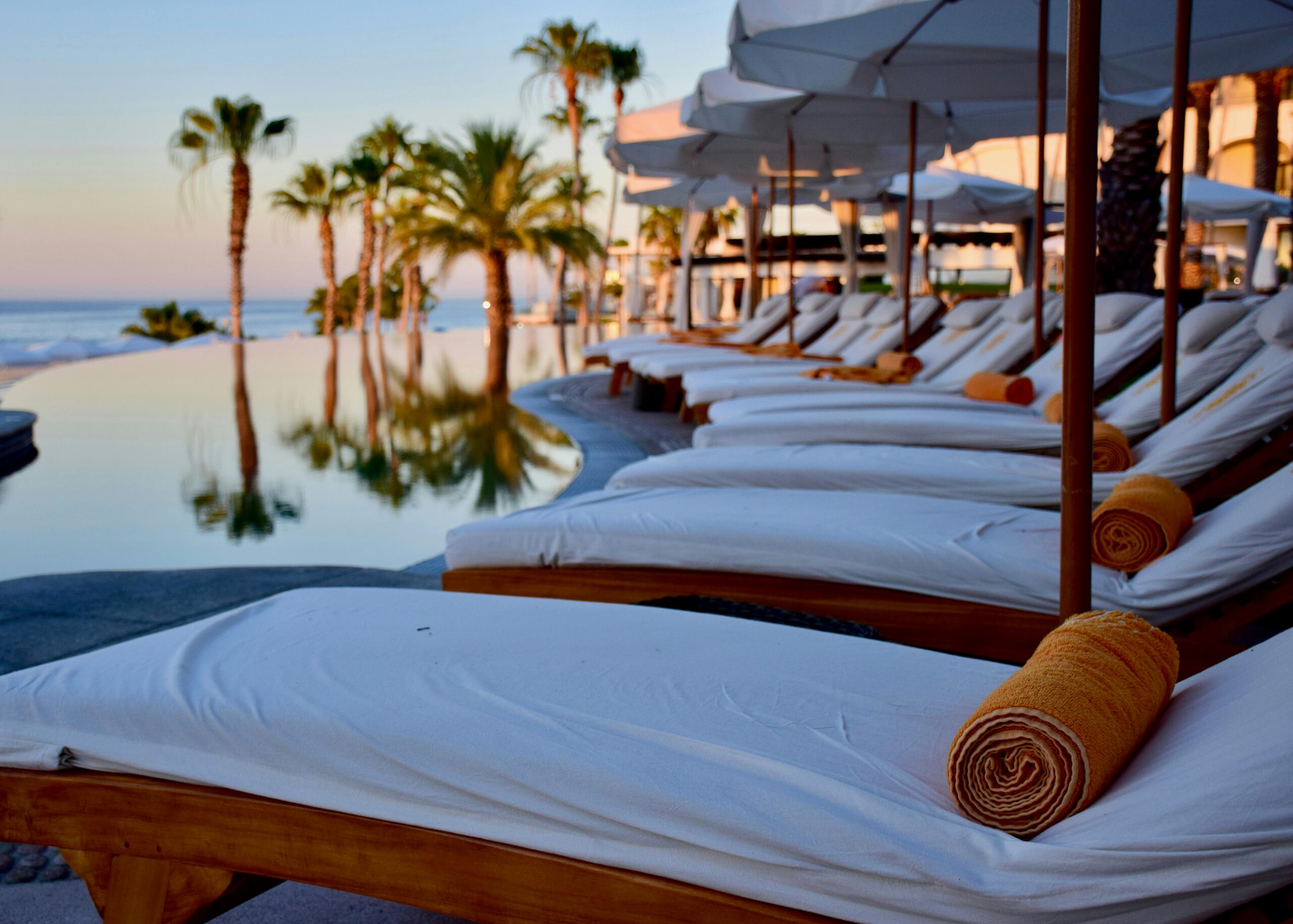Introduction
The U.S. spa industry is experiencing significant growth, generating approximately $25.9 billion in revenue in 2022, a substantial recovery from the pandemic. With over 22,000 spa locations, the industry offers a range of services predominantly through day spas, which make up 79% of the market. Wellness tourism is also a major driver, with domestic wellness tourists spending an average of $668 per trip. Post-pandemic, the industry is expected to grow rapidly, driven by increasing consumer focus on health and wellness
Market Size and Revenue
In 2022, the U.S. spa industry generated approximately $25.9 billion in revenue, reaffirming its position as the largest market for spas globally. This impressive figure marks a robust recovery from the pandemic, which had previously caused substantial setbacks. The resurgence highlights the enduring appeal and resilience of the spa industry.
Number of Spas and Visits
As of 2019, the United States was home to over 22,000 spa locations, attracting around 190 million visits that year. However, the onset of the pandemic led to a dramatic decline in visits, with a reported drop of over 35% in 2020. Despite this, the industry has shown a promising recovery, with spa visits steadily increasing as restrictions ease and consumer confidence returns.
Types of Spas
The U.S. spa landscape is predominantly composed of day spas, which account for about 79% of all spa businesses. Resort and hotel spas follow, making up 9% of the market. These hotel and resort spas, while fewer in number, are particularly lucrative, contributing significantly to the industry’s overall revenue. They offer a blend of luxury and convenience, attracting both domestic and international tourists.
Consumer Spending
Average Spend on Spa Services
In 2019, the average monthly expenditure on day spa services in the U.S. was around $80. Spa-goers in major casinos typically spent about $80 per day on treatments. This consistent spending pattern underscores the value placed on spa experiences by American consumers.
Wellness Tourism Spending
Domestic wellness tourists spend an average of $668 per trip, significantly higher than the average domestic tourist. This spending trend indicates a strong preference for wellness experiences, with travelers prioritizing health and relaxation during their journeys.
Trends in the Spa Industry
Growth Projections
The global wellness tourism market, which includes spas, is projected to grow at an annual rate of 16.6%, reaching $1.4 trillion by 2027. This growth is expected to be driven by an increasing consumer focus on health and wellness, as well as a growing awareness of the benefits associated with spa treatments.
Post-Pandemic Recovery
Following a sharp decline during the COVID-19 pandemic, the spa industry has been on a steady path to recovery. Revenues are expected to surpass pre-pandemic levels, with the global spa market projected to reach $156 billion by 2027. This recovery is supported by innovations and adaptations within the industry, including enhanced hygiene protocols and the incorporation of technology in treatments.
Emerging Trends
Popular treatments and services such as holistic therapies and technology-integrated wellness solutions are on the rise. Additionally, there is a growing emphasis on eco-friendly and sustainable spa practices, reflecting a broader trend towards environmental consciousness within the wellness industry.
The Role of Employment in the Spa Industry
Employment Statistics
The spa industry employed over 360,000 individuals in the U.S. as of 2019, underscoring its role as a significant employment sector within the broader hospitality industry. Career opportunities in spa services continue to expand, offering a range of positions from therapists to management roles.
Economic Impact
The economic impact of the spa industry extends beyond direct employment. It contributes to local and national economies through related services, such as hospitality, tourism, and retail. The industry’s growth fosters economic development and supports community well-being.
Conclusion
The spa industry in the United States is a vital component of the wellness economy, reflecting broader trends in consumer behavior towards health and relaxation. With increasing spending on wellness tourism and a strong recovery from pandemic disruptions, the future of spa holidays in America looks promising.
Call to Action
For those looking to plan a spa holiday, now is an ideal time to explore the diverse spa experiences available across the country. Whether seeking a luxurious resort spa or a local day spa, there are options to suit every preference and budget. Embrace the opportunity to enhance your well-being through a rejuvenating spa getaway.
Explore directories and resources to find the perfect spa destination for your next holiday and embark on a journey towards wellness and relaxation.




